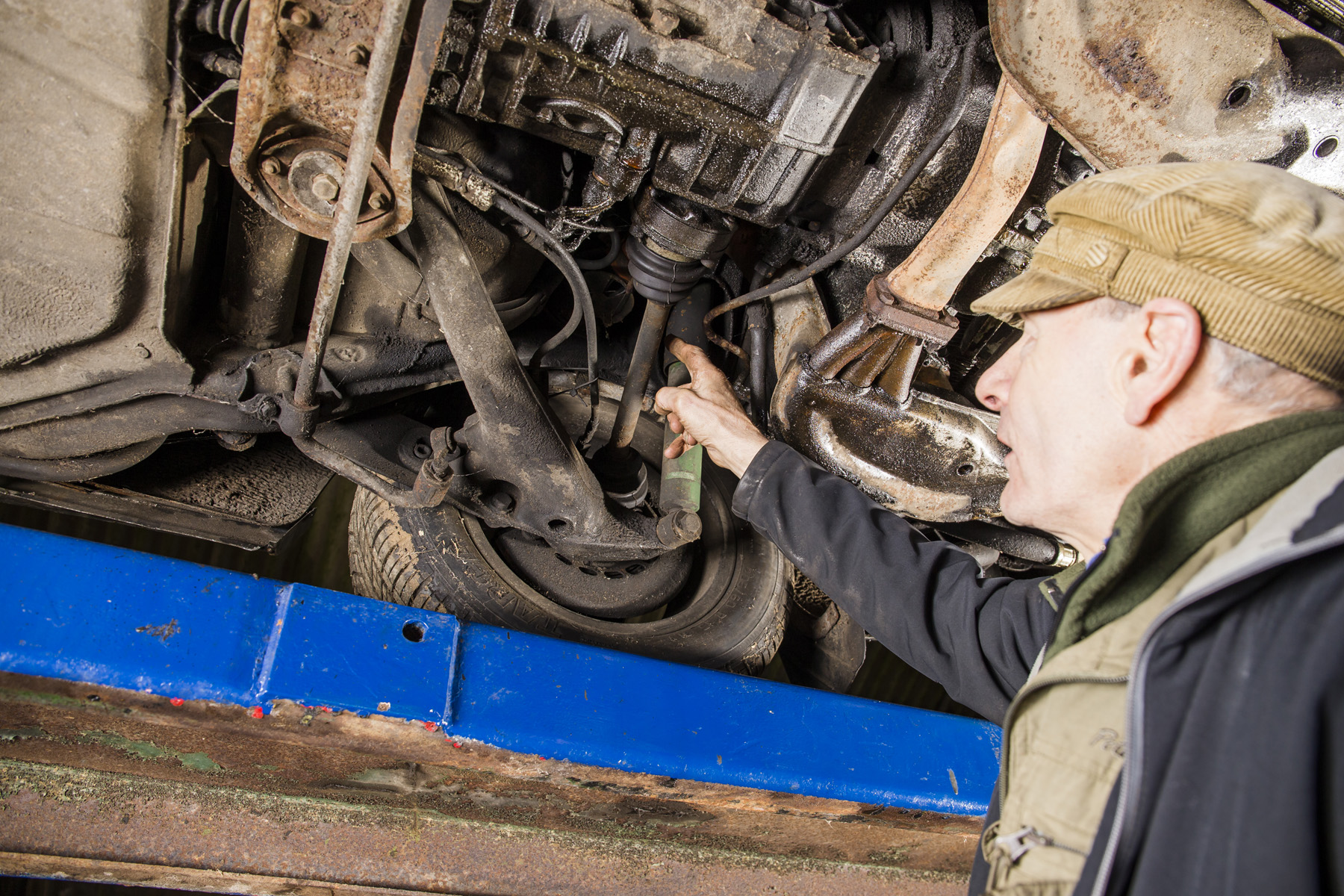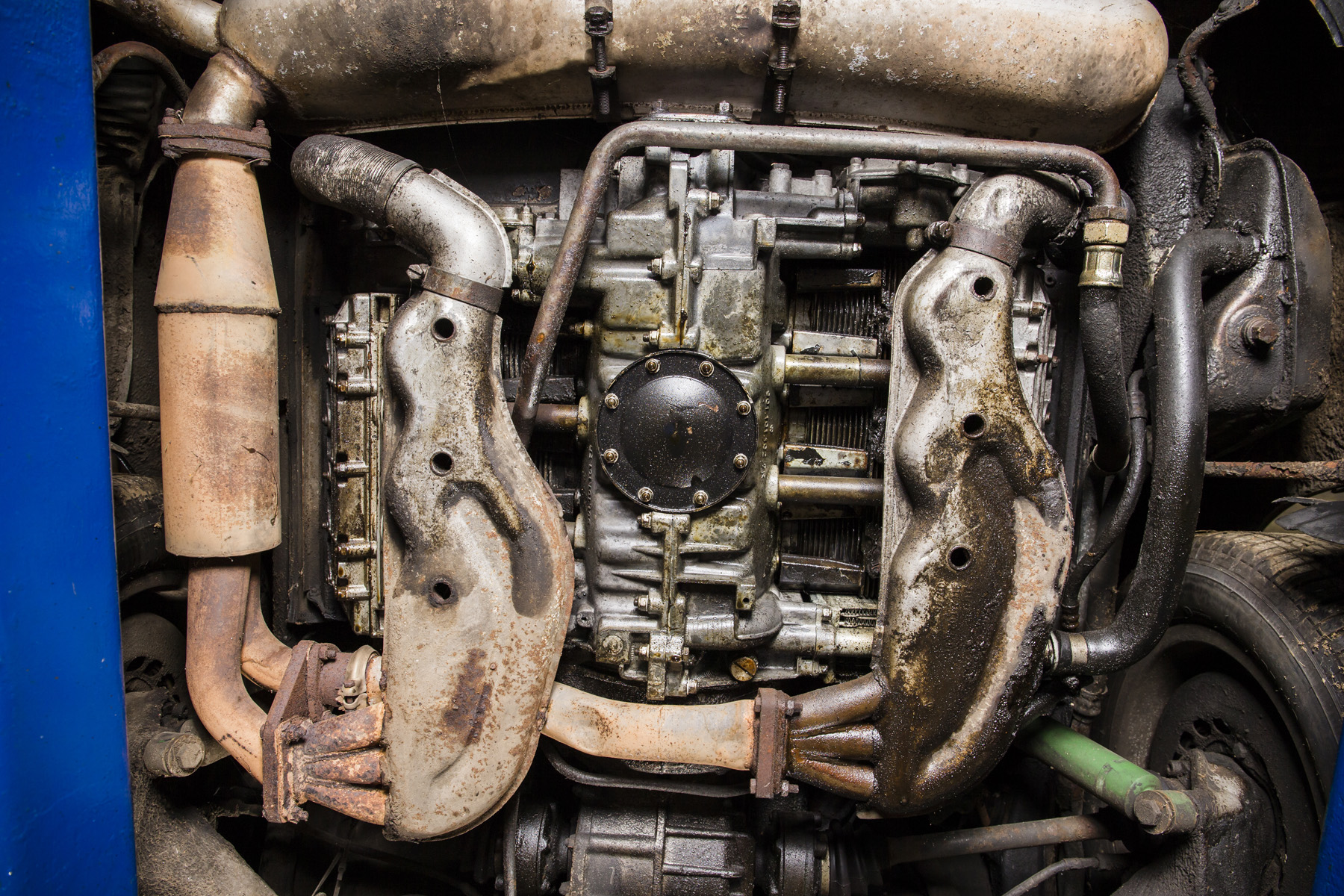How to buy a project Porsche 911
How brave do you feel? Buying a project 911 isn’t for the faint-hearted; we’ve all heard tales of running repairs that snowballed into fully-fledged rebuilds. But for those with sufficient time, patience and money, restoring a car can be an edifying and enjoyable experience.
Here we round up what you need to know and look out for, with help from Autofarm founder Josh Sadler and his 911 2.7 Sportomatic.
Money is, of course, the elephant in the room. Parts availability for classic (1964-1989) 911s is at its best since the late 1990s – one positive side effect of rising values – but many components are expensive, and some still need to be custom made. Also, since most of us don’t possess the skills to restore a car ourselves, the task usually involves paying a specialist. With labour rates typically around £60 to £100 per hour, costs soon escalate.

It’s therefore best to approach most projects as a labour of love: a chance to save an ailing 911 from the scrapyard, rather than a business opportunity. Unless the car you plan to restore is a special model, such as an RS, you may find it hard to make a profit – even in the current, still-buoyant Porsche market. Work out how much you’re willing to invest before you start, not forgetting the cost of the car itself.
Josh’s 1976 2.7 Sportomatic is a perfect example of a project-in-waiting. On the plus side, it’s a very original, three-owner UK car with a verifiable MOT history and no obvious structural rust. Less positively, it’s covered 183,000 miles and hasn’t run since 1999 due to an undiagnosed engine problem. Josh wants £30,000 for the 911 and estimates it would cost a further £30,000 to fully restore.
ENGINE
The engine is nominally the most complicated part of a classic 911, yet frequently the easiest to fix. “They’re a great big Meccano kit,” says Josh. “There are very few electronics to worry about compared to a modern car, and engines are potentially good for 200,000 miles if looked after properly. That said, I’d usually factor the cost of a rebuild into any project.”
The air-cooled flat six doesn’t suffer a pivotal, defining fault like the IMS issue that plagues early 996s. However, it evolved hugely over the years, so later cars are markedly more reliable. Josh singles out the final evolution of the original 911, the 1984 to 1989 model year Carrera 3.2, as having “a very solid and sorted engine”.

One persistent problem that was fixed for the 3.2 concerns the timing chain. As 911 engines got bigger, torquier and lower-revving, more strain was put on the chain tensioners, partly with emissions in mind. These were pressurised in the 3.2, and many older cars have these upgraded tensioners retro-fitted – including Josh’s 1976. “Ironically, if you rev an early 911 hard, you get dynamic tension in the chain,” explains Josh. “So if you want your Porsche to be reliable… drive it like hell.” Advice we’ll happily adhere to.
Some oil seepage from the engine is almost inevitable, but oily cylinders are bad news. Look carefully at the crankcase: the O-ring seal around the crankshaft nose bearing expires, meaning the entire case needs to be removed and opened up. Cylinder head studs are problematic on earlier 911s with magnesium crankcases and also the 1978 to 1983 SC, as they can pull out or rust. Porsche partially solved this issue with coated studs for the Carrera 3.2, but the best replacements are 993 studs or ARPs.
For the full guide on how to buy a project 911, with specialist advice for engine, chassis, interior and body, plus our ten golden rules to consider before purchasing the project, get your copy of Total 911 issue 165 in shops now or available for direct delivery here.

Comments (0)